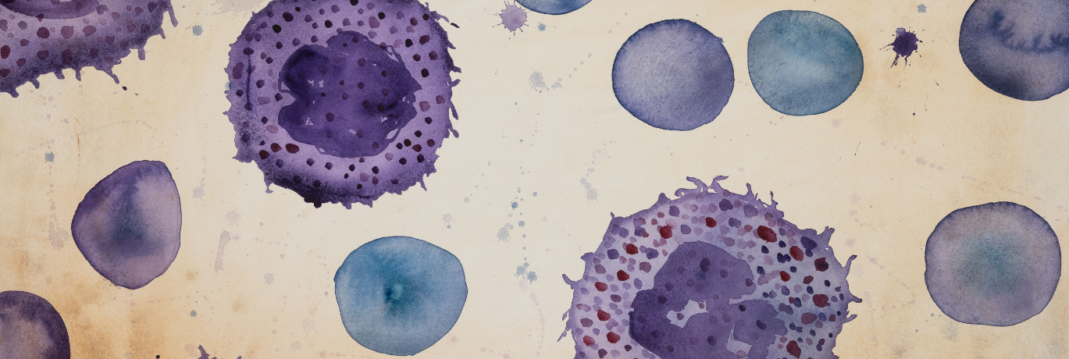Developing defined substrates for stem cell culture and differentiation
Hagbard L., Cameron K., August P., Penton C., Parmar M., Hay D.C., Kallur T.
Phil. Trans. R. Soc. B, 2018
In this review article, we revisit the basics of the extracellular matrix and explore the important role of the cell-matrix interaction. We focus on laminin proteins because they help to maintain pluripotency and drive cell fate specification. Over the past few decades, a variety of different reagents for stem cell maintenance and differentiation have been commercialized. These reagents share a common goal in facilitating the manufacture of products suitable for cell therapy while reducing the amount of non-defined components. Lessons from developmental biology have identified signaling molecules that can guide the differentiation process in vitro, but less attention has been paid to the extracellular matrix used. With the introduction of more biologically relevant and defined matrices, that better mimic specific cell niches, researchers now have powerful resources to fine-tune theirs in vitro differentiation systems, which may allow the manufacture of therapeutically relevant cell types. This article is part of the themed issue ‘Designer human tissue: coming to a lab near you’.

Talk to our team for customized support
We are here to help you in your journey.